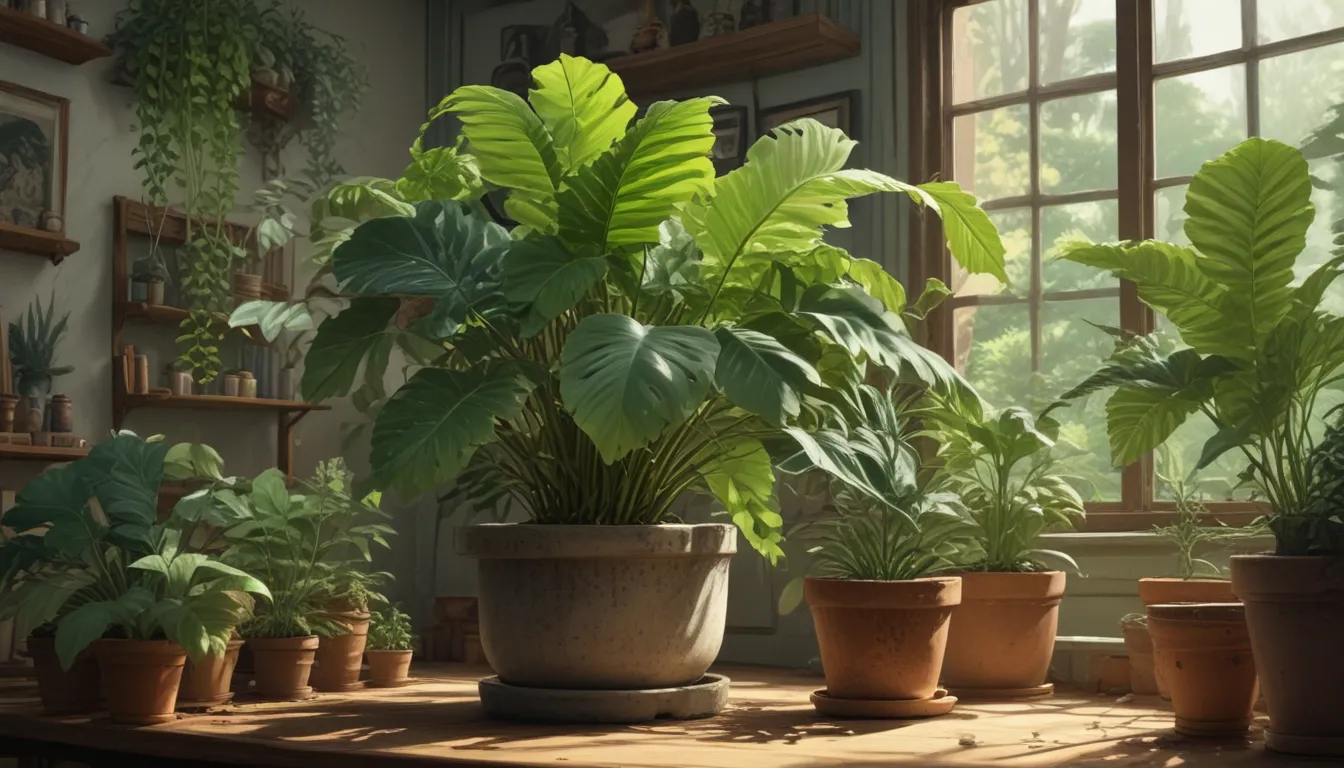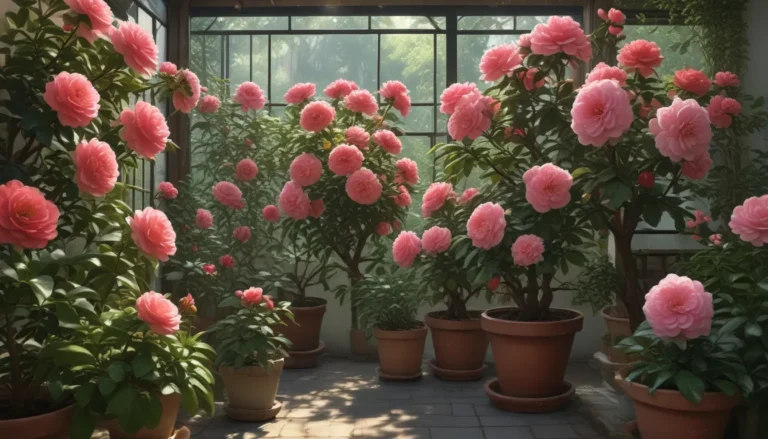Comprehensive Guide to Growing and Caring for Pinstripe Calathea Plants

Are you looking to add a touch of elegant beauty to your indoor space? The pinstripe calathea plant might just be the perfect choice for you. With its quiet yet sophisticated patterned leaves, this plant is a stunning addition to any home décor. In this comprehensive guide, we will explore everything you need to know to successfully grow and care for pinstripe calathea plants.
What You’ll Learn
- What Is Pinstripe Plant?
- Cultivation and History
- Propagation
- How to Grow
- Growing Tips
- Pruning and Maintenance
- Species and Cultivars to Select
- Managing Pests and Disease
- Best Uses
- Quick Reference Growing Guide
Before we dive into the details, it’s important to note that the pinstripe plant we’ll be discussing is known scientifically as Goeppertia ornata, formerly Calathea ornata. This houseplant belongs to the Marantaceae family and is closely related to other popular prayer plants. Let’s uncover the fascinating world of pinstripe calathea!
What Is Pinstripe Plant?
Goeppertia ornata is an evergreen, herbaceous perennial native to southeastern Colombia and southwestern Venezuela. It thrives in tropical forests as an understory species. The plant features smooth, oblong leaves with delicate, wispy stripes ranging from cream to pink on a dark green background. A distinct cultivar named ‘Beauty Star’ showcases a pale green background behind the stripes, enhancing its beauty.
This plant grows to about two to three feet tall and wide with a fountain-like growth habit. It produces small white or pink flowers in summer, although this is rare for houseplants. Known for its unique leaf patterns and elegant foliage, the pinstripe calathea exhibits the signature “praying” leaf movements typical of prayer plants.
Cultivation and History
In its natural habitat, G. ornata thrives in tropical climates, making it suitable for indoor cultivation in most homes. While previously classified as Calathea ornata, the plant underwent taxonomic reclassification in 2012, leading to its current scientific name.
Propagation of pinstripe calathea is best achieved through division rather than seeds due to the plant’s complex propagation requirements. Dividing the plant in the spring ensures successful propagation. The plant’s rich history and ornate appearance make it a sought-after addition to indoor plant collections.
How to Grow Pinstripe Calathea Plants
Cultivating pinstripe calathea is a rewarding experience when you meet its basic requirements. Here are key factors to consider:
– Choosing a healthy plant
– Providing optimal light and temperature
– Using the right soil mix
– Watering and humidity requirements
– Pruning and maintenance tips
Choosing a Plant
Selecting a healthy pinstripe calathea plant is crucial for successful growth. Avoid specimens with browning or yellowing leaves, as these may indicate underlying issues. Check for signs of pests to ensure a pest-free plant.
Light
Pinstripe calathea thrives in medium to indirect light conditions. Avoid direct sunlight, as it can stress the plant. Morning sun is tolerated, but protect the plant from harsh midday and afternoon sunlight.
Temperature
Maintain temperatures between 65 and 85°F to ensure optimal growth. Avoid placing the plant near drafty windows or heating vents to prevent temperature fluctuations.
Soil
Use a peaty, well-draining soil mix with a slightly acidic to slightly alkaline pH (6.1-7.8). Avoid perlite in the soil mix to prevent tip burn. Consider using coconut coir and De La Tank’s Houseplant Soil Mix for a healthy growing medium.
Watering
Keep the soil consistently moist but not overly wet. Water when the surface starts to dry, adjusting the frequency based on environmental conditions. Use a houseplant watering can and allow excess water to drain out before returning the plant to its decorative pot.
Humidity
Maintain a humidity level between 40-60% to mimic the plant’s natural habitat. Grouping plants or using terrariums and humidity trays can help raise ambient humidity levels. A humidifier can also aid in providing adequate moisture.
Growing Tips
- Provide medium to indirect light.
- Keep soil moist but not wet, adjusting watering frequency based on environmental conditions.
- Avoid temperature extremes and drafts to prevent stress.
Pruning and Maintenance
Pinstripe calathea requires minimal maintenance, with occasional pruning to shape the plant or remove brown leaf tips. Fertilize gently with worm compost tea and clean leaves regularly to maintain plant health. Repot every 2-3 years if the plant outgrows its container.
Managing Pests and Disease
While pinstripe calathea plants are relatively pest and disease resistant, being vigilant can prevent potential issues. Common pests such as mealybugs, scale, and spider mites can occasionally infest the plant. Keep an eye out for signs of common diseases like cucumber mosaic virus, leaf spot, and root rot, and promptly treat any problems to ensure plant health.
Best Uses for Pinstripe Plants
Pinstripe calathea is a versatile plant that can enhance indoor spaces with its elegant presence. Suitable for interiorscaping and complementing other houseplants, it is a safe yet beautiful option for homes with children and pets. The plant’s air-purifying properties can help reduce indoor air pollutants, making it a practical and aesthetic addition to any indoor setting.
In summary, pinstripe calathea is a delicate and ornate beauty that can bring a touch of elegance to any home. By following the care tips outlined in this guide, you can ensure your plant thrives and flourishes in its environment. Whether you have G. ornata, ‘Beauty Star,’ or another cultivar, these guidelines will help you create a healthy and vibrant indoor oasis.





